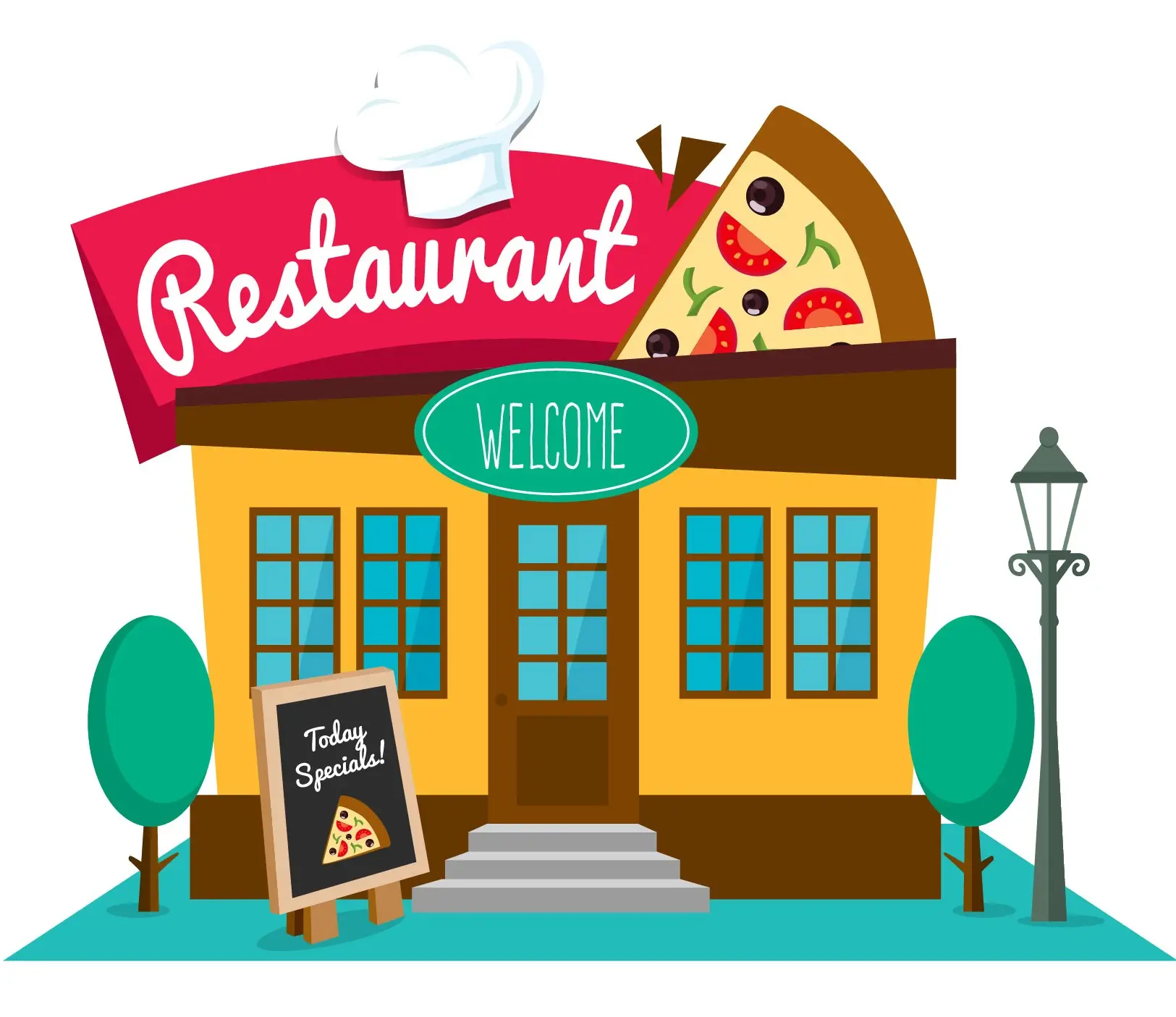Detailed Project Report for Restaurant
Looking to start your own restaurant? Get a Detailed Project Report for Restaurant from SetupFiling. Our expert team will provide you with a comprehensive report covering financials, market analysis, operational plans, and more, ensuring a smooth launch. Contact us today to turn your restaurant dream into reality!
Consult with an Expert
- All India Service
- Easy OnlineProcess
- 24*7 Hours Customer Support
Detailed Project Report for Restaurant: Overview
Opening a restaurant is an exciting and rewarding venture. However, behind the excitement lies the need for careful planning and organization. One of the most crucial steps to ensure the success of your restaurant is preparing a detailed project report for restaurant. This report will not only guide you through the various aspects of the restaurant business but also help you avoid common pitfalls.
What Is a Detailed Project Report for Restaurant?
A detailed project report for restaurant is a comprehensive document that outlines every aspect of your restaurant business. It serves as a blueprint, covering everything from initial concept, target market, location, and menu offerings to financial projections, staffing requirements, marketing strategies, and risk assessments.
In short, this document is an essential tool for anyone looking to open a restaurant. It helps you plan effectively and ensures that you are fully prepared for the challenges ahead.
Why Do You Need a Detailed Project Report for Restaurant?
A detailed project report for restaurant plays a significant role in ensuring the smooth functioning of your restaurant. Here’s why it’s crucial:
- Clarity and Focus: The project report helps you clarify your vision, goals, and objectives. This clarity allows you to stay focused and aligned with your long-term aspirations.
- Attracts Investors and Lenders: If you need financial assistance, a well-structured project report is key. Lenders or investors will want to see that you have a clear plan and strategy in place. It shows them that you’ve done your research and are ready to run a successful restaurant.
- Risk Management: By assessing potential risks, a detailed project report helps you prepare for challenges that may arise. This enables you to put preventive measures in place, minimizing the impact of unforeseen circumstances.
- Operational Planning: A good project report covers staffing, supplier management, and operational workflows. This ensures that your restaurant runs efficiently from day one.
Key Components of a Detailed Project Report for Restaurant
A Detailed Project Report for Restaurant is an essential document for setting up and managing a restaurant business. It outlines the business plan, market analysis, and financial projections, helping secure funding and ensuring operational success. Below are the key components of a restaurant project report:
1. Project Overview
This section provides a brief summary of the restaurant’s concept, location, target market, and type of cuisine. It highlights the vision, mission, and unique selling points of the restaurant, ensuring a clear understanding of the business idea.
2. Business Owner Details
The details of the restaurant owner(s) are provided here, including their background, experience in the food industry, qualifications, and any prior business ventures, which add credibility to the project.
3. Executive Summary
A concise summary of the restaurant business, including an overview of the concept, financial requirements, market opportunity, and expected profitability. This section serves as a snapshot of the entire project.
4. Business Description
This section offers a detailed description of the restaurant, including the services it will offer, the ambiance, target customers, and the type of dining experience (e.g., casual, fine dining, fast food). It may also cover menu offerings and pricing strategy.
5. Market Research
Market research is essential to understand the demand for restaurant services in the target location. This section includes details about the local market size, customer preferences, competition, and industry trends. It also identifies potential growth opportunities and customer demographics.
6. Operational Plan
This outlines how the restaurant will operate daily, including the layout of the restaurant, staff requirements, suppliers, kitchen processes, customer service operations, and management structure. The operational plan will detail everything needed for smooth day-to-day operations.
7. SWOT Analysis
A SWOT analysis evaluates the restaurant’s Strengths, Weaknesses, Opportunities, and Threats. This helps identify internal advantages, challenges, market opportunities, and external risks that could impact the restaurant’s success.
8. Fixed Capital Investment Details
Fixed Capital Investment Details the investment required for setting up the restaurant, such as infrastructure, kitchen equipment, furniture, and other essential items. It includes costs for construction, design, and initial inventory.
9. Working Capital
This refers to the funds needed for the day-to-day operations of the restaurant, including staff wages, utilities, food and beverage costs, and other operational expenses.
10. Summary of Project Costs
A detailed breakdown of all costs involved in establishing and operating the restaurant. This includes both fixed costs (construction, equipment) and variable costs (staff, ingredients).
11. Projected Depreciation Schedule
This section outlines the depreciation of assets over time, such as kitchen equipment, furniture, and infrastructure, and how it impacts financial projections.
12. Cost Statement
A summary of the expected costs for running the restaurant, broken down into categories such as food, labor, rent, utilities, marketing, and other operational expenses.
13. Projected Profitability Statement
A financial projection showing expected revenues and expenses over the next 3-5 years. This includes forecasted sales, profit margins, and other key financial figures to assess the restaurant’s potential for profitability.
14. Projected Cash Flow Statement
A forecast of cash inflows and outflows for the restaurant, helping assess its ability to meet short-term obligations such as paying suppliers, staff, and utilities.
15. Projected Balance Sheet
A snapshot of the restaurant’s financial position at a specific time, showing assets, liabilities, and equity, to evaluate its overall financial health.
16. Loan Repayment Schedule
A detailed plan showing how the restaurant will repay any loans, including amounts, interest, and repayment dates, ensuring lenders are confident in the repayment process.
17. Computation of Maximum Permissible Bank Finance (MPBF)
The MPBF calculation shows the maximum amount of financing a bank is willing to provide based on the restaurant’s projected working capital and fixed capital needs.
18. Debt-Service Coverage Ratio (DSCR)
The DSCR measures the restaurant’s ability to meet its debt obligations from its operational income. A higher ratio means the business is more likely to meet loan repayments.
19. Ratio Analysis
Financial ratios, such as profitability, liquidity, and operational efficiency ratios, are analyzed to evaluate the restaurant’s financial performance and health.
20. Projected Break-Even Point
The break-even point is the level of sales or customers needed for the restaurant to cover its costs and start making a profit. This analysis helps in understanding the viability of the business.
21. Feasibility Analysis
This section evaluates the financial and operational feasibility of the restaurant project, using graphs and projections to visually represent potential success, profitability, and growth.
22. Assumptions
This section lists any assumptions made during the preparation of the report, such as expected market conditions, customer behavior, and cost factors.
23. Conclusion
A summary of the entire project report, reaffirming the restaurant’s feasibility, market potential, and profitability. This conclusion reinforces why the project is a sound investment.
Fees for Project Report
Detailed Project Report
(For 3 Year)
- Detailed Project Report for 3 year
Detailed Project Report
(For 5 Year)
- Detailed Project Report for 5 year
Detailed Project Report
(For 7 Year)
- Detailed Project Report for 7 year
Conclusion
Creating a detailed project report for restaurant is a vital step toward opening a successful restaurant. It serves as your business blueprint, helping you plan every aspect of the venture in detail. From market research and operational planning to financial projections and risk assessments, a solid project report covers everything necessary to navigate the complexities of the restaurant business.
Get Your Detailed Project Report for Restaurant Today!
Start your restaurant journey with a clear plan. Download our comprehensive report to guide you every step!
Call: +91 9818209246










